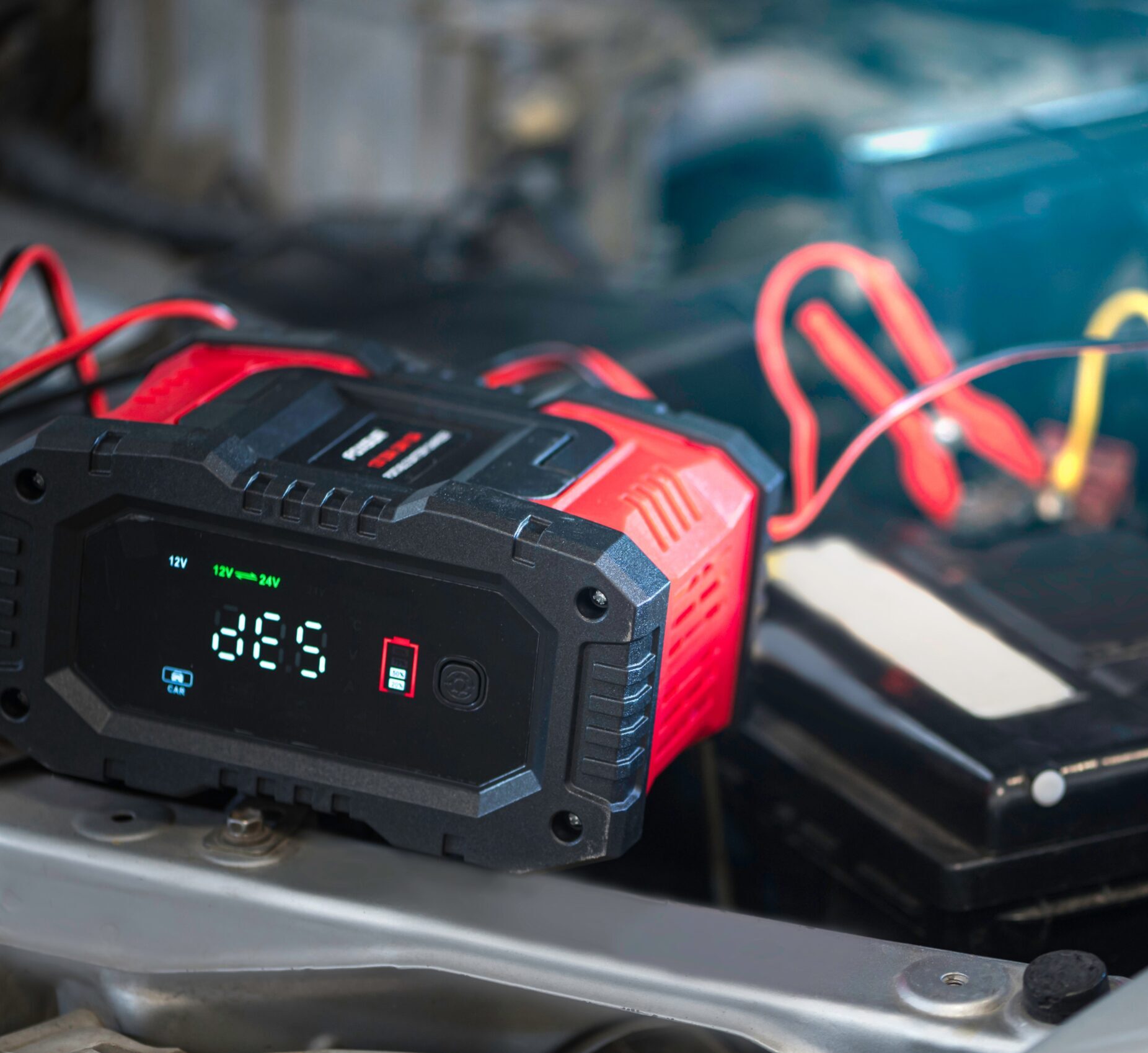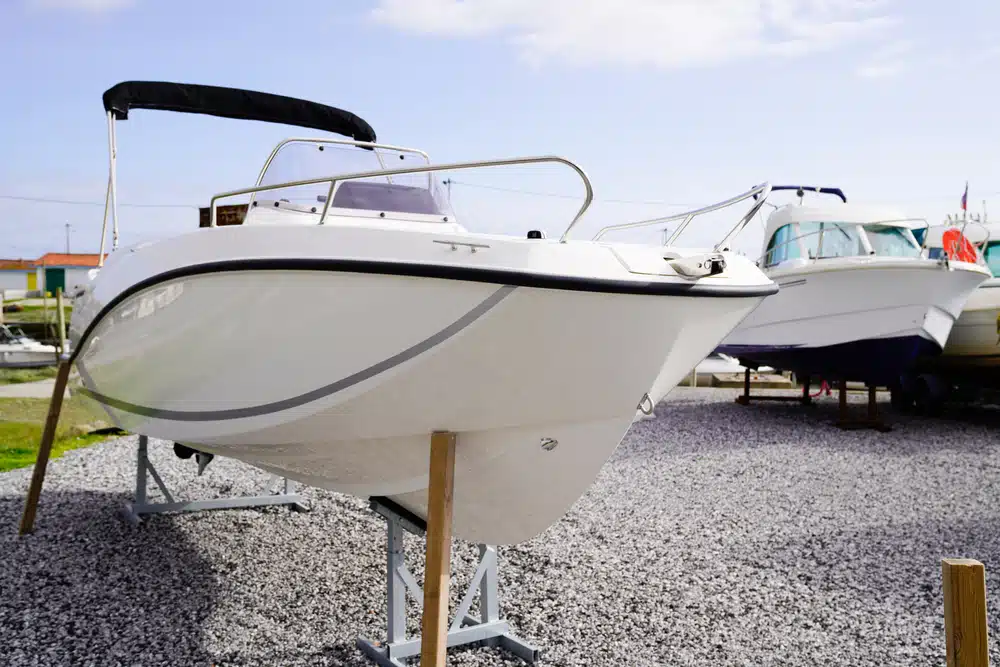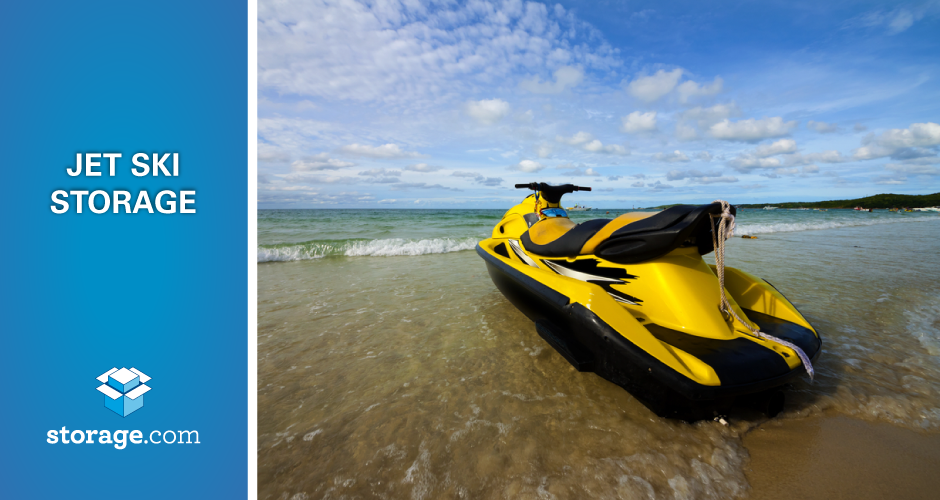Sometimes you just need a place to park your car for a little while. Maybe you’re heading out of town, maybe your garage is stuffed to the brim or maybe it’s that classic you only take out on sunny weekends.
Whatever the reason, figuring out what size storage unit you need for a car can feel tricky. One that is too tiny risks damage, while a unit that is too big just means space and money is wasted.
That is where this guide comes in: to help you find just the right spot, to keep your car safe, sound and out of the elements — be it for a few weeks or the long haul.
Here’s how to choose a car storage unit, from size to amenities, without having any regrets.
Factors to Consider When Choosing a Storage Unit
When you set out to find the right storage unit for your car, you’re not simply picking a spot and calling it a day. Whether it’s a vintage Mustang that needs to be put away for the season or you just need a place to keep your sedan while traveling, you’ll want to get the right size and setup for proper storage.
1. Car Size and Dimensions
First things first: measure your car. Yes, it might seem obvious, but you’d be surprised how often people underestimate their vehicle’s actual size, as vehicle dimensions stated by the manufacturer often don’t include extras like mirrors, racks or chunky bumpers.
Also, don’t forget to consider space to open the doors comfortably — climbing out of the trunk is not a long-term solution.
- Measure at the car’s widest point, including the side mirrors.
- Include any extras like roof racks, bike racks or spoilers.
- Add a little extra room to get around the car inside the unit.
2. Additional Items to Store
If you plan to stash more than just your car, factor in space for those extra items, too. Tools, seasonal tires or that box of old sports gear you just can’t part with will all need some breathing room. Ask yourself these before deciding on a car storage unit size:
- Are you storing any spare tires or bike racks?
- Do you need space for car maintenance tools or cleaning supplies?
- How much space do you need to walk around your car for easy access?
The bottom line is this: If you want to add extra items, simply opt for a larger unit. You don’t want to end up shoving things into every corner and potentially scratching your vehicle.
Oh, and keep extra items near the entrance for easy grab-and-go access.
3. Storage Unit Features
Size is only part of the equation. Different units come with different perks, and knowing what you need can help narrow down your choices. Here’s what to consider:
- Climate control for protecting sensitive interiors and electronics in extreme weather.
- Convenient drive-up access to roll right in without tight turns or risky maneuvers.
- Security features like surveillance cameras, gated access and on-site staff for extra peace of mind.
- A well-lit unit is a bonus if you need to pop in after dark or check on your car at odd hours.
Pro tip: Use the Storage.com filters to the max. Besides unit size, you can also refine your car storage space search to units that have an alarm, climate control, drive-up access or 24-hour access, to name a few.
Common Storage Unit Sizes

Depending on your car’s length — and height, for RVs and trucks — the appropriate car storage unit size can vary wildly from something as small as 10×15 up to extra-large storage units that not all facilities have available.
1. Small Storage Units
What storage facilities typically dub small units range from 5×5 closets to 10×10. However, the most a 10×10 unit can do is help you store a motorcycle, an ATV or a Smart ForTwo — and Smart exited the U.S. market back in 2019.
2. Medium Storage Units
If your car is on the smaller side — mini, compact or subcompact —, a 10×15 unit should work just fine. This size typically handles vehicles under 14 feet long, so double-check your car’s length before settling on this one. If you want to squeeze in a small car plus a few seasonal items, it’s safer to go up one unit size.
Still considered medium, a 10×20 unit is the sweet spot for most standard-sized vehicles. It’s spacious enough to fit a typical sedan or compact SUV and is usually the most popular choice for people looking to store everyday cars. This size also gives you just a bit of room to walk around, making it easier to access the car or toss in a few extra items like tires or small tool kits.
3. Large Storage Units
Got a big vehicle with some serious length? A 10×25 storage unit is great for longer cars, standard trucks and even small Class B motorhomes (as long as the unit height is right for it, too). This unit size gives you a little more wiggle room for added storage, so if you’re also storing spare tires, boxes or car accessories, this might be your go-to.
And when a 10×25 unit just won’t cut it, there’s always the option to get a 10×30 one. This is typically the largest car storage unit size available, perfect for those monster-sized vehicles that are practically small homes on wheels.
Again, check the unit height with the storage facility before deciding to store your camper in it. Typical storage units are only 8 feet high, while most campers need about 10-12 feet.
4. Other RV Storage Options
If a unit is not a good fit, look into other types of RV storage as well, like covered or outdoor spaces:
- The least expensive option for you will usually be outdoor storage. Your RV will simply be parked in an open lot, allowing plenty of space and easy access but leaving your vehicle open to the elements. This can be quite a deal for those looking for short-term storage; you do have to make up for the lack of protection from the weather by investing in a sturdy cover.
- Covered RV storage is a step up from outdoor parking, mainly because the roof protects your RV against the sun, rain and snow. Sure, it does not provide full enclosure, but it is an affordable mid-level option, with more protection for long-term storage than a simple parking lot area.
Storage Unit Size Cheat Sheet
Looking for a quick summary?
|
Storage Unit Size |
Vehicle Types |
Notes |
|
10×15 |
Motorcycles, ATVs, small compact cars |
Typically for vehicles under 14 feet. Ideal for two-wheelers and small hatchbacks. |
|
Sedans, SUVs, minivans |
Suitable for vehicles around 15–19 feet in length. |
|
|
Full-size pickups, small Class B motorhomes, travel trailers |
Accommodates longer vehicles, leaving some space for additional items. |
|
|
Large trucks, vans, Class C motorhomes |
Typically, the largest unit size you can get, but mind the height. |
Tips for Maximizing Storage Unit Space
If you want to get the biggest bang for your buck, the best storage unit size for a car is the smallest one that comfortably fits your vehicle and extra belongings without risking any scratches or dents. But that’s not all there is to it.
1. Prepare Your Car
There’s something you should put at the top of your list before parking your car inside a storage unit, and that is a good prep session.
- Give your car a good wash and vacuum. Dust, dirt and grime can cause long-term damage to paint and upholstery.
- Get rid of those extra tools, groceries or random bits lying around the car. Less clutter inside means fewer chances of mold or odors building up and a lighter load on your tires.
- Speaking of tires, ensure they are inflated to a little above their recommended PSI. Even better, place the car on blocks or jack stands to take its entire weight off the tires.
2. Parking Position
Where and how you park matters, especially if you need easy access later.
- If the unit is a close fit, always pull in nose-first. It gives you better control and reduces the chances of scraping against the walls.
- If you think you’ll need to drive the car in and out frequently, back it in. This makes it easier to pull out in one smooth motion. It can be hard to see out of the unit so ask someone to help if you can to avoid a crash.
- If you’re storing two cars (given that the unit width allows that), try parking one nose-in and one nose-out so both driver-side doors open into the center space.
Pro tip: If your unit is a tight fit, fold in the side mirrors to create a little more clearance. Just remember to unfold them before you drive away!
3. Additional Tips
Looking for more tricks to maximize storage unit space while ensuring your car is stored safely?
- If the storage unit allows, install wall-mounted racks or shelves to keep smaller items like tools, cleaning supplies and spare parts off the floor.
- Slightly deflate the spare tire to save space.
- If you’re storing other belongings along with your car, put them in stackable bins rather than loose boxes. Label them clearly and place them near the front of the unit for easy access without blocking the car.
- If your vehicle has roof racks, bike racks or a removable antenna, you may want to take them off to reduce the height of your car and prevent damage.
Pro tip: Stop in and visit your car every so often, just to ensure all’s right with the world. If you’re storing long-term, take it out for a short drive every few months to keep things running properly.
Choosing the Right Storage Facility

Now, even if your car fits perfectly, the wrong location or lack of security can make the whole setup a headache.
1. Location
Consider how often you access your car. If this is strictly a seasonal vehicle, a facility that is farther out will be fine, especially if it is cheaper. If you will be checking in regularly or moving the car in and out, choose one closer to your house or along a more convenient route.
Pro tip: Consider traffic patterns. Even a short distance can feel much longer if you’re stuck in gridlock whenever you want to pop by.
2. Security
Your car’s safety should be a top concern, so definitely look for facilities that go beyond a simple padlock, for instance:
- 24/7 surveillance cameras
- Gated access with personalized codes
- On-site management
- Well-lit areas to deter theft
Pro tip: If you’re storing a high-value vehicle, ask about individual unit alarms or special security zones within the facility.
3. Reviews and Reputation
Before committing, do a quick background check by reading online reviews. Facilities with a history of break-ins, poor maintenance or lousy customer service are red flags.
Take a quick tour and see it for yourself. A well-maintained facility is usually a good indicator of the overall quality. If the grounds are messy or the units look neglected, it’s a sign to move on.
Now You Know What Size Storage Unit You Need for a Car
At the end of the day, to find the right storage unit for a vehicle, you have to factor in your car’s size, the unit’s features and how often you’ll need to pop by.
Maybe it’s as simple as tucking away a compact car, or figuring out how to store a big truck alongside a stack of seasonal tires. Either way, it’s all about getting that perfect fit and the right conditions to keep it in top shape long-term.
Look up your zip code on Storage.com and filter by unit size and desired amenities to save time and money.





